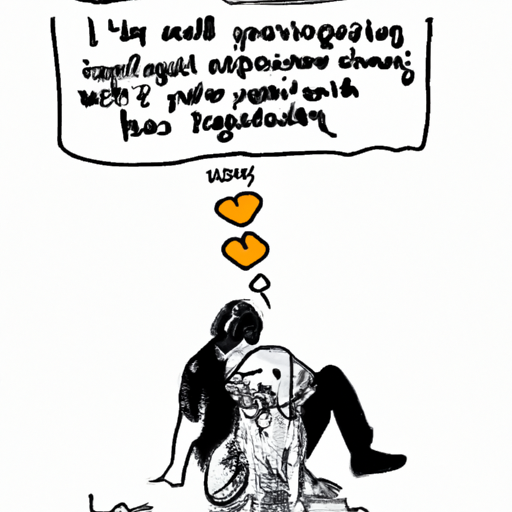H2: Understanding the Behavior
You’ve probably experienced it before: you’re simply standing there when your dog comes up and leans their whole body against your legs. It’s a common behavior among canines, but what does it mean?
Dogs are known for their complex body languages. A slight wag of the tail or a tilt of the head can carry a multitude of messages. But when it comes to leaning, the reasons might be more straightforward than you think.
Here are three common theories:
- Seeking Comfort: Just like humans, dogs crave physical contact. Your dog might lean into you simply because they find your presence comforting and reassuring.
- Showing Affection: Dogs often use physical contact as a way to express their love and affection. So, when your dog leans into you, they might just be saying “I love you.”
- Requesting Security: Dogs are pack animals, and they instinctively look to their pack leader for protection. If your dog leans into you during a thunderstorm or in an unfamiliar environment, they might be seeking your protection.
H2: When Leaning Becomes a Problem
Despite its innocent nature, leaning can sometimes become a problem. It’s important to differentiate between normal behavior and potential signs of distress or behavioral issues. For example, if your dog is leaning excessively or seems anxious, it might be a sign of separation anxiety or fear.
Here are a few signs that your dog’s leaning might be a cause for concern:
- Your dog leans on you excessively, to the point of being clingy.
- They seem anxious or distressed when they can’t lean on you.
- They show other signs of stress or anxiety, such as excessive panting, pacing, or destructive behavior.
H2: How to Respond to Leaning
So, how should you respond when your dog leans into you? The answer depends on the context and your dog’s overall behavior.
| Context | Response |
|---|---|
| Casual leaning | Enjoy the moment of bonding. |
| Fearful leaning | Provide comfort and reassurance. |
| Excessive leaning | Consult with a dog behaviorist or trainer. |
H2: Preventing Excessive Leaning
If your dog’s leaning becomes problematic, there are steps you can take to manage the behavior:
- Increase Exercise: Regular physical activity can help reduce anxiety and promote balanced behavior.
- Provide Mental Stimulation: Keep your dog’s mind active with puzzle toys, training sessions, and interactive games.
- Seek Professional Help: If your dog’s leaning is linked to anxiety or fear, it might be beneficial to consult with a professional dog trainer or behaviorist.
H2: Frequently Asked Questions (FAQs)
Q: How can I tell if my dog’s leaning is a sign of anxiety?
A: Look for other signs of distress, like excessive panting, pacing, or destructive behavior.
Q: My dog leans on me all the time. Is this normal?
A: It can be. Some dogs are just more affectionate than others. But if it’s excessive or causing problems, it might be worth consulting with a professional.
Q: Can I train my dog to stop leaning on me?
A: Yes, but it’s important to do so gently and respectfully. Remember, leaning is often a sign of affection or comfort-seeking.



